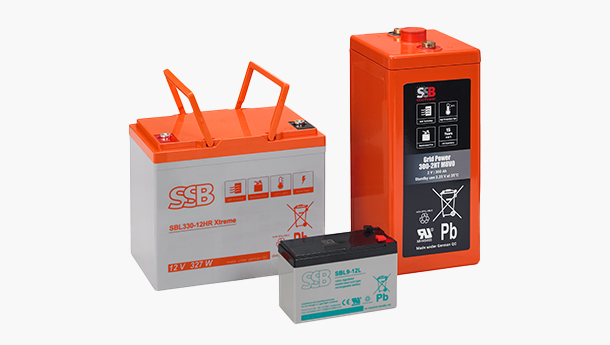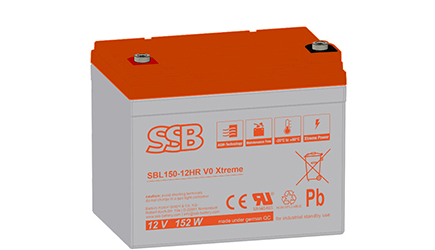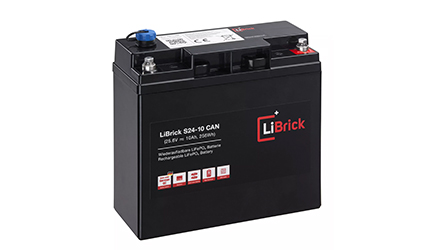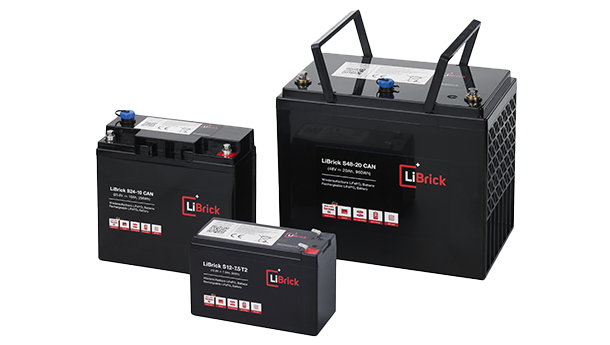
What exactly is a UPS battery?
Battery-supported UPS systems are the most widespread. These often contain AGM batteries or lead batteries, power converters and an electronic control system. UPS batteries therefore act as a secondary power supply in the event of a power failure. There are no delays between switching from a primary power source to the UPS battery and there is a seamless transition.
However, UPS systems not only protect against power failures, but also against inferior power quality. This emergency power system also protects against voltage peaks and harmonics.
In normal operation, the consumers are supplied directly from their supply network. The control unit monitors the power quality and reacts to fluctuations so that it can intervene in the event of a fault. The UPS system then switches to the internal battery and supplies the loads with power as a replacement. The direct current is then converted back to alternating current before the devices are supplied, and this happens without delay. The consumer receives a message about the interruption in the power supply and can act accordingly.
The emergency power system is simply inserted into the power supply line of the system to be secured and ensures proper functioning and, in the event of a power failure, provides sufficient time to complete work in progress and switch off the devices correctly.












